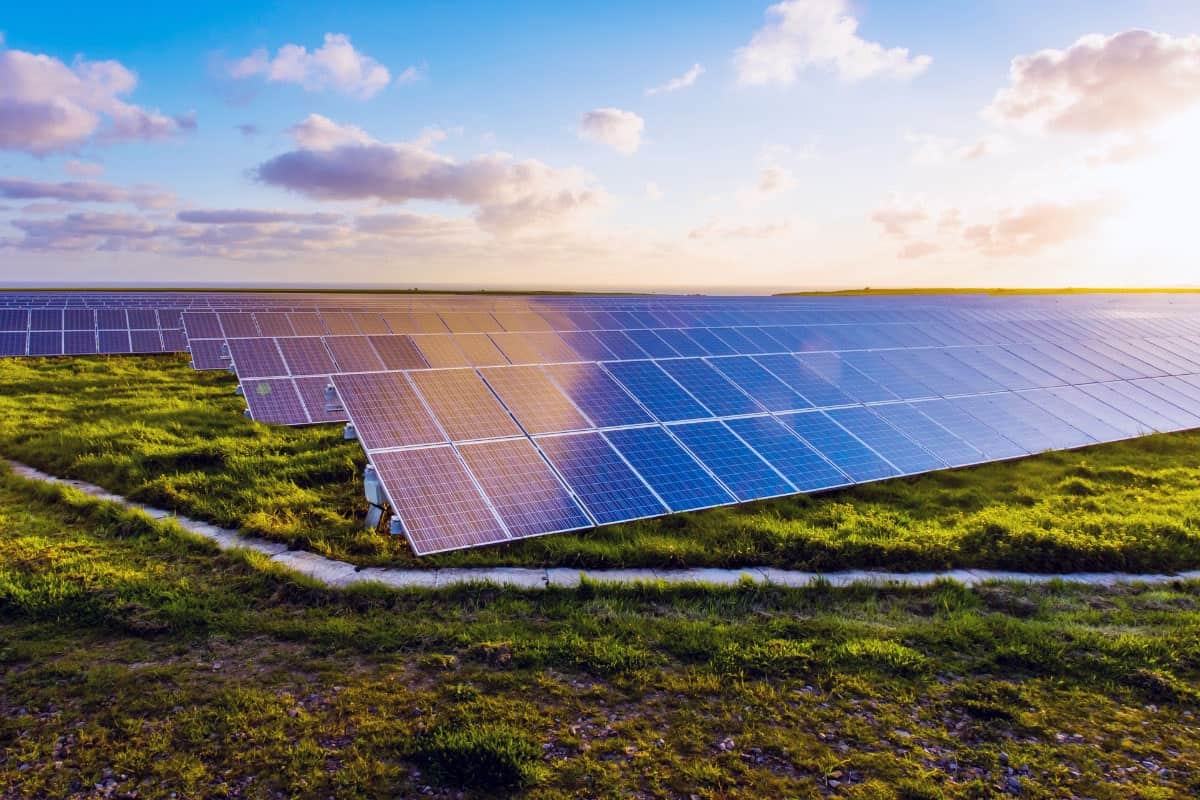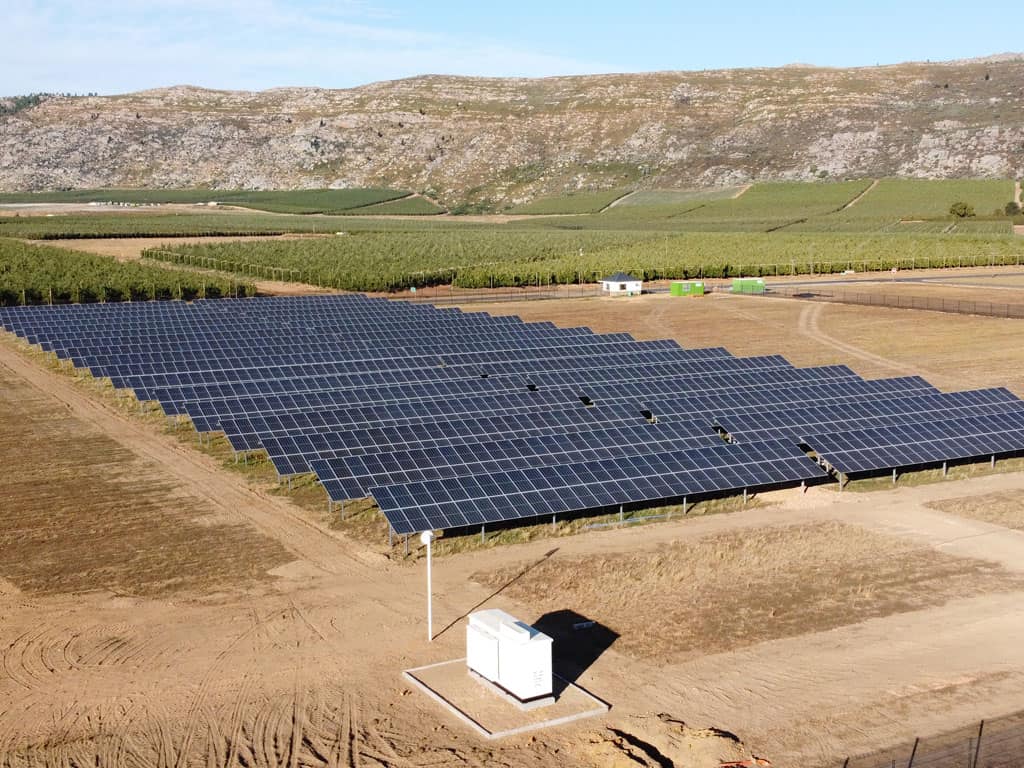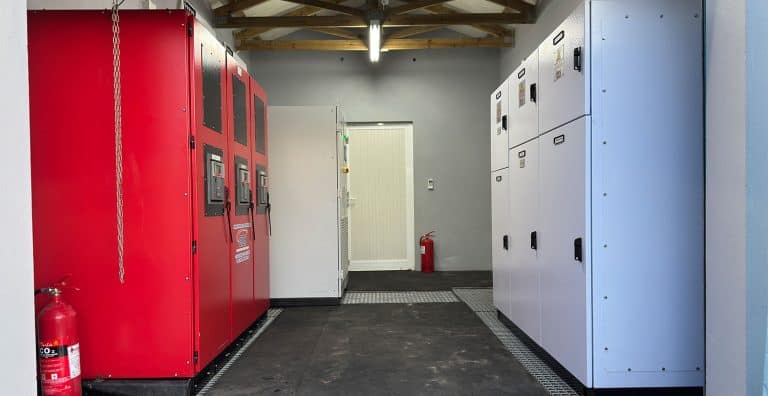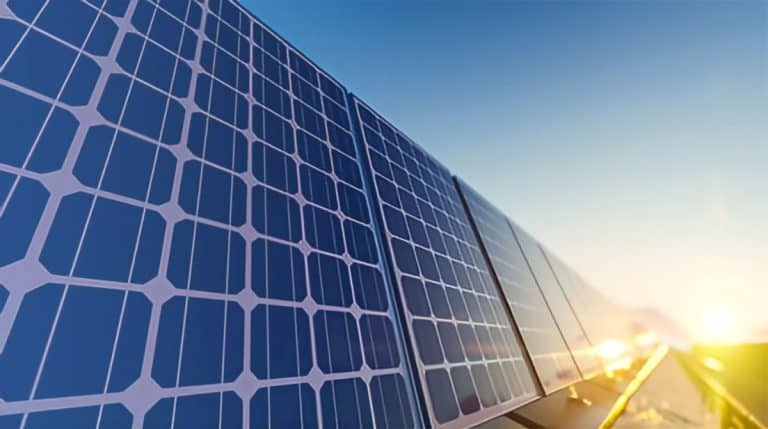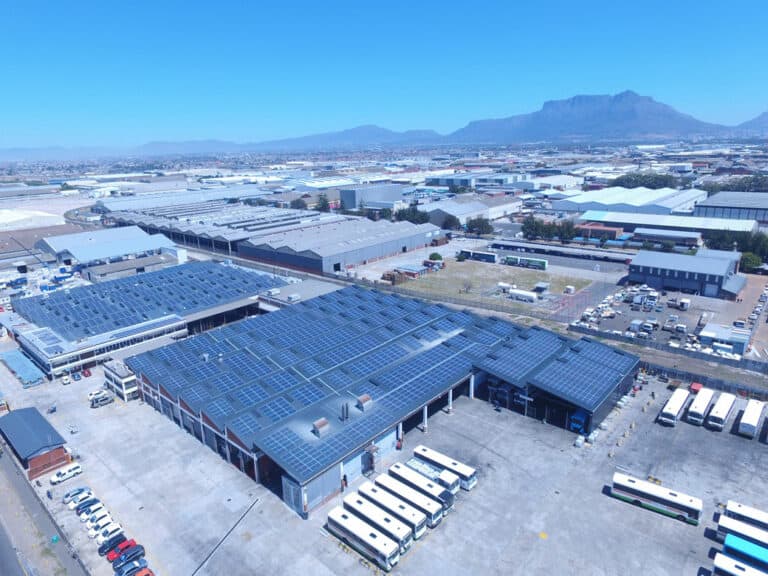How solar panels on the ground can work for you
More and more businesses are turning to solar as an alternate energy source. Solar energy is a simple way to start moving towards sustainability. Solar power is energy from the sun that is converted into thermal or electrical energy using Photovoltaic (PV) panels. Hence, it is renewable. Additionally, solar will help save you money and lessen your company’s dependence on traditional electricity.
One of the great benefits of solar energy is that it can be harnessed in various ways. While many assume that solar panels can only be placed on roofs, this is untrue. Solar panels on the ground function just as effectively to harness the sun’s rays and generate solar energy. A solar plant built in this way is referred to as a ground-mounted system.
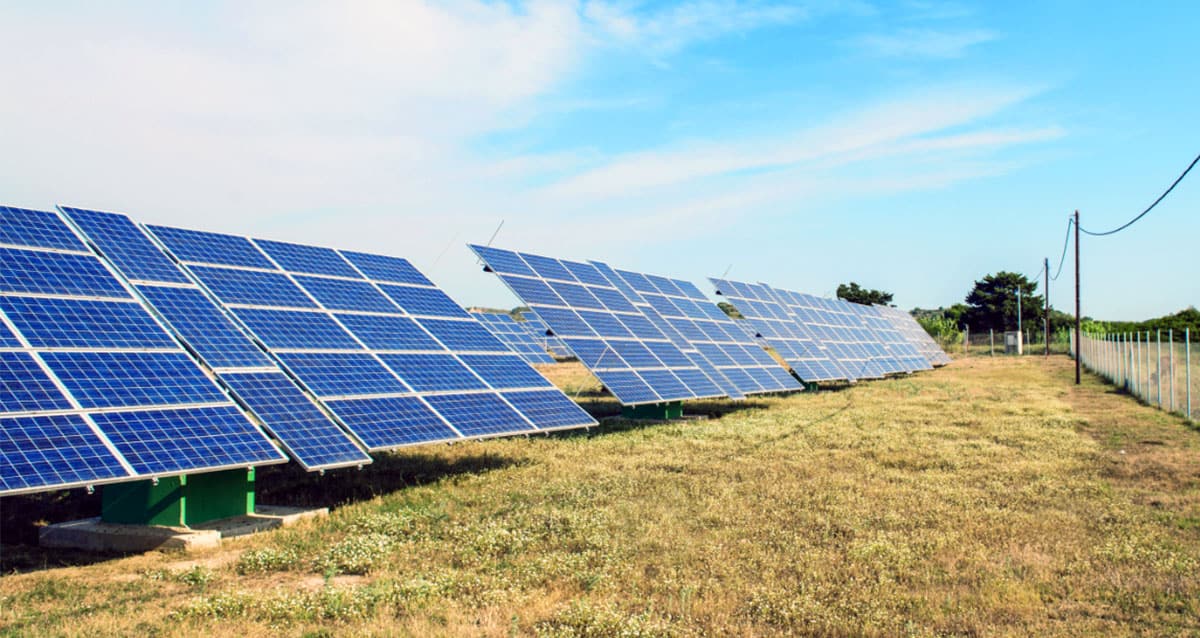
Advantages of solar panels on the ground
Firstly, you are not limited by roof space. Choosing to install solar panels on the ground gives you great flexibility in terms of the size of your system. The more panels you can install, the more power you can generate. Naturally, you can easily expand your system as time progresses.
Ground-mounted systems provide flexibility in terms of adjustability. The angle at which a panel sits is an important factor in efficiency. If panels are on a roof, they may not be pitched at their optimum for maximum energy generation. Solar panels on the ground can be adjusted easily. Moreover, they can be situated so they are as unaffected by shading as possible.
Solar plants on the ground are easier to access and clean than any other system. Any dirt or obstructions such as fallen leaves on any individual panel can affect the performance of the entire system. Therefore, It is essential to keep modules clean and free from dust. Furthermore, it is far safer to access panels for maintenance when they are not mounted on a high rooftop.
Types of mounts available
When installing solar panels on the ground, there are generally two types of mounting structures available.
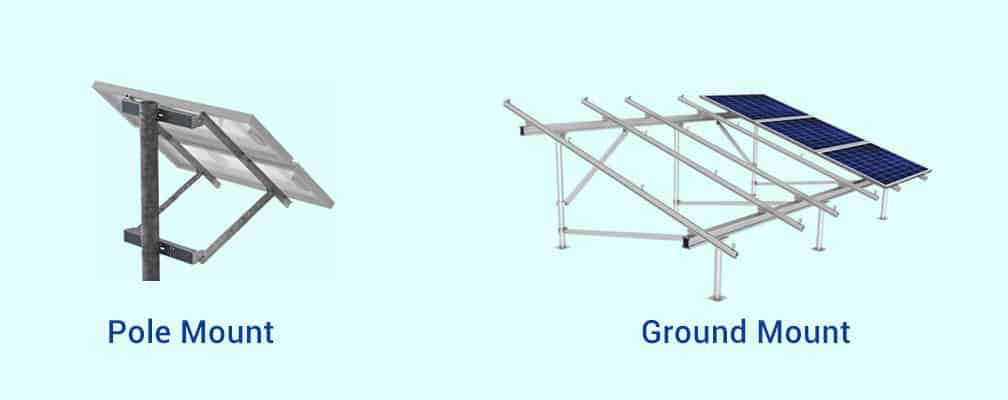
Standard mounts
Standard mounts are the most common type of ground mounting. With this approach, the panels are mounted at a fixed angle onto a metal framing in the ground. While the panels can be adjusted manually throughout the year to account for the variations in the sun’s position across seasons, this type of mounting offers limited adjustability once the modules are in place.
Pole mounts
Solar panels can also be installed on poles. These poles support multiple panels each and allow for higher elevation than a standard mount. Pole mounts facilitate more movement as they incorporate a tracking system (a built-in swivel feature). In this way, the modules tilt automatically to capture the optimal amount of sunshine throughout the day.
While it can be beneficial to install a system that allows for adjustment and flexibility, it can sometimes be cheaper and equally useful to add more panels.
Systems built with solar panels on the ground, an example
New Southern Energy has designed and developed many systems using ground-mounted panels. These systems provide tremendous value to these businesses, which are now able to enjoy the benefits of solar. Here is one example.
Die Eike is a commercial fruit farming operation based in the Witzenberg Valley in the Western Cape, well known as the fruit bowl of the country. The area is, however, also known for frequent electricity shortages. Therefore, the farm needed to find an alternate solution.
New Southern Energy installed a 702kWp Solar PV plant with reticulation and a dedicated transformer. The solar PV system, which consists of 1 904 Canadian Solar 370 Wp panels, is ground-mounted, using available space on the property. The solar panels on the ground were erected at the maximum height in order to provide for grazing and tending below the tables.
This particular system is grid-tied. Such a system generates power for the property and thereafter, feeds any excess power it generates back into the electrical grid, to which it is connected.
Approximately R 943 000 was saved in the first year since the installation was completed, with 720 megawatt-hours produced by the system. It is conservatively estimated that over the next 25 years, the system will save Die Eike approximately R 25 million.


